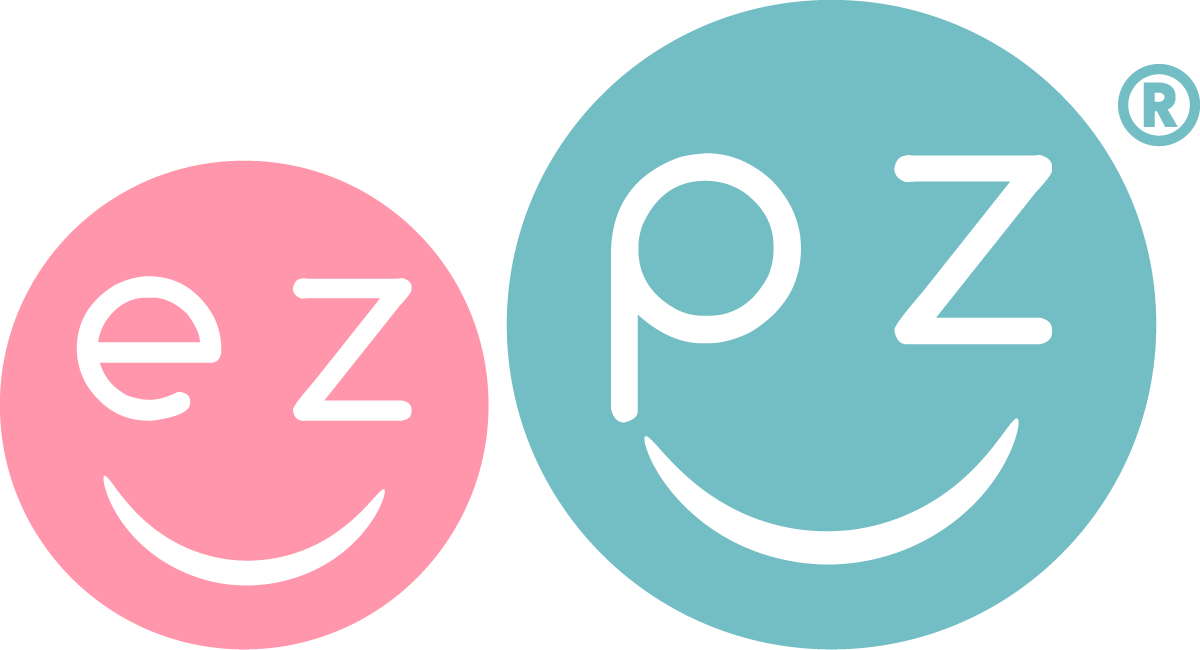June is dysphagia awareness month, and we are sharing some information about this medical diagnosis to help our community understand what it is and where to seek help. Dysphagia affects both the pediatric and adult population; in fact, 1 in 17 people have dysphagia at some point in their lifetime. Improving awareness of this common diagnosis and knowing some of the symptoms can save a loved one’s life.
What is Dysphagia? Dysphagia is a swallowing impairment that makes drinking and eating difficult which, in some cases, can be life threatening. Dysphagia affects as many as 15 million Americans, yet the diagnosis and treatment options are not fully understood by the general public.
What are the Complications: The most common complication from dysphagia is aspiration pneumonia (when food or liquids enter the lungs instead of the stomach), which can cause infection, respiratory distress and can be fatal. Other complications include malnutrition, weight loss, dehydration and a feeding disorder since the child is unable to swallow safely.
What are the Symptoms: Early detection of a swallowing impairment is critical and parents should know the symptoms of dysphagia. Although a recent study by Joan Arvedson PhD, CCC-SLP, BC-NCD, BRS-S showed that 94% of children with dysphagia aspirate silently (i.e., they do not show any symptoms because they did not feel the food/liquid going in their lungs), it is still important for parents to be aware the signs in order to seek immediate medical care. If you are concerned that your infant or child might have a swallowing disorder, look for the following symptoms:
- Arching or stiffening of the body during feeding
- Irritability or lack of alertness during feeding
- Refusing food or liquid
- Failure to accept different textures of food
- Long feeding times (e.g., more than 30 minutes)
- Difficulty chewing
- Difficulty breast or bottle feeding
- Coughing or gagging during meals
- Excessive drooling or food/liquid coming out of the mouth or nose
- Difficulty coordinating breathing with eating and drinking
- Increased stuffiness during meals
- Gurgly, hoarse or breathy voice quality
- Frequent spitting up or vomiting
- Recurring pneumonia, respiratory infections or ear infections
- Less than normal weight gains or growth
- Facial grimacing when eating
- Becoming fatigued when eating
What are the Treatment Options: If you observe several of these symptoms in your infant or child, you need to see your child’s pediatrician and ask for a referral to a speech-language pathologist (SLP) or Occupational Therapist (OT) with feeding and swallowing expertise. Do not wait to see if the symptoms resolve. The sooner your child’s feeding/swallowing problem is diagnosed and treatment has begun, the faster your child will grow and thrive.
In addition to therapy from an experienced SLP or OT, other treatment options your medical team might recommend include dietary modifications (changes in the texture of the food or liquid) or a feeding tube. There are three types of feeding tubes: 1. nasogastric tube (NG-tube) that is placed in the nose 2. gastrostomy tube (G-tube) that is surgically placed into the stomach or 3. jejeunostomy tube (J-tube) that is surgically placed in the intestine. Although they seem like drastic measures, these tubes are temporary and can help a child improve their hydration and nutrition while they work on their feeding and swallowing skills in therapy with an OT or SLP.
What are the Causes of Dysphagia in Infants: Prematurity, neurological conditions and syndromes (e.g., Down syndrome or cerebral palsy) and cardiac issues can cause infants to have difficulties feeding and swallowing. This is due to the fact that they don’t have fully developed neurological, sensory or motor systems to maintain the coordination of a purposeful and safe swallow. Structural issues like a lip and/or tongue-tie and cleft lip/palate can cause difficulties with sucking, latching, lip/tongue movements and swallowing. These causes of dysphagia can be treated with surgery, specialty bottles, adaptive feeding equipment and therapy from a speech and language pathologist (SLP).
What are the Causes of Dysphagia in Children: Medical issues in infancy (as described above) or other medical complications (like reflux or having a tracheotomy) can cause a child to be unable to manage a safe swallow while they are growing and developing. Challenges with motor and sensory function can make the transition to solid foods difficult for kids and cause dysphagia. An SLP and/or OT can help teach them safe ways to eat with the use of utensils such as specialty spoons, plates, straws, cups and bowls.
Does your infant or child have swallowing difficulties? Share your story with us and use the tags #ezpzfun #dysphagiaawareness. For more information on dysphagia, please check out the following websites: National Foundation of Swallowing Disorders and the American Speech-Language-Hearing Association.
Arvedson, Joan, et al. “Silent aspiration prominent in children with dysphagia.” International journal of pediatric otorhinolaryngology 28.2 (1994): 173-181.



